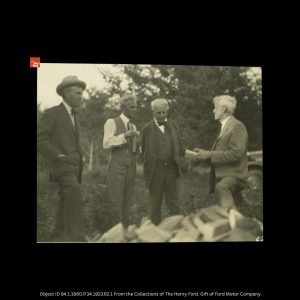August in Northern Michigan isn’t just about sun-soaked shorelines and cherry harvests—it’s a month rich with fascinating stories from the past. From ambitious settlers and powerful treaties to underwater memorials and legendary lumberjacks, history left its mark all across the region during this warm and vibrant time of year. Here’s a look back at the events that shaped Augusts of years gone by. August in Northern Michigan History August 1, 1856 – Horton Bay Settled Samuel Horton, with his family and the sailing vessel Rover, landed on the shores of what is now Horton Bay. As the first white settlers… Read More »













